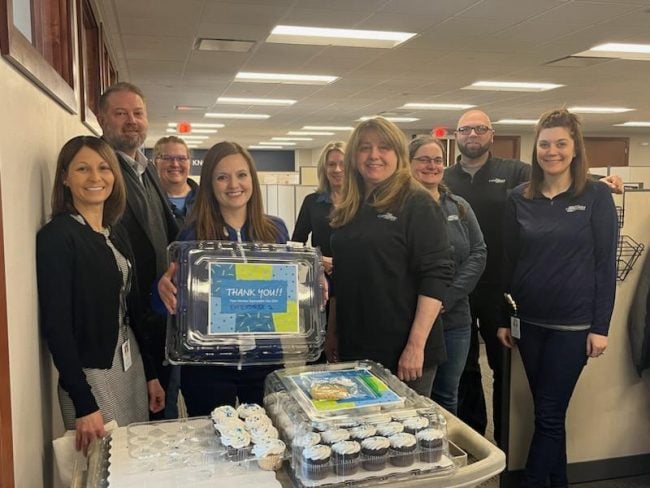The margin between interest rates for deposits and loans remainsnear historic lows and the need for credit unions to developalternative sources of income has not diminished.
|However, one thing has: The level of the industry's dependenceon what are considered the least consumer-friendly sources ofrevenue – items like ATM fees, courtesy pay andother checking account fees that fall under the label ofnoninterest income.
|To be sure, interest from loans remains by far the mostimportant part of a credit union's income stream. That's why creditunions exist: To extend credit. That's where you buildrelationships, and that's where you help members get to work, own ahome, and educate themselves and their children.
|Indeed, interest income (which also includes the smallercomponent of income from investments) makes up about two-thirds ofall credit union income, in this case $1.4 billion annualized in the first quarter of2017 compared with $728.6 million for NII, according to Callahan& Associates data.
|That proportion hasn't changed much. Nor has another key measureof the importance of NII. As a percentage of average assets, NIIwas 1.3% in March 2008. At the same point this year, it was 1.26%,a drop of only four basis points. (Its largest spike was to 1.44%in June 2009 as the loan portfolio contracted in the height of thefinancial crisis.)
|However – and this is a big “however” – fee income as apercentage of total credit union assets has fallen sharply in thepast decade, from 0.83% in March 2008 to 0.60% in March 2017.That's 23 basis points, of course, but it's also 25% lessdependence on “punitive” fees.
||Meanwhile, what has gone up sharply is other income – a categorythat includes such items as GAP insurance, gains from mortgagesales, loan participations and the big-ticket item here: Debit andcredit interchange income.
|During the same decade that fee income fell by 23 basis points,other income rose 19 basis points, from 0.47% in March 2008 to0.66% in March 2017 as a percentage of total assets, Callahan datashow.
|So, what do all these numbers tell us? I would argue that itshows credit unions have been enlarging that “virtuous circle” ofgrowth driven by American consumers attracted by lower fees andrates who then increase their business with credit unions by makingfinancial cooperatives their primary financial institution(PFI).
|We can see that in two other measures of engagement: Credit cardpenetration, which has risen from 14.58% a decade ago to 17.19% asof March 2017 (a jump of 17.90%) and share draft penetration, whichwent from 46.46% in Q1 2008 to 56.49% in Q1 2017. That's an evenmore robust increase of 21.60%.
|Since checking accounts are considered a prime indicator of aninstitution's status as the PFI, and checking accounts are a viablemeasure, too, this tells me that credit unions are on the righttrack. Or should I say, “virtuous circle?”
|Credit unions would do well to continue practicing the credit union differenceand to make sure to market, advertise and generally get the wordout about that difference to members and potential members now andin the future.
|Because, as the numbers show, it works. And that means themovement is doing more good for more people. Lately, the buzzwordfor that relationship is the “double bottom line.” But we can alsojust stick with “people helping people.”
||

|
Jay Johnson is a Partner at Callahan &Associates. He can be contacted at 202-223-3920or [email protected].
Complete your profile to continue reading and get FREE access to CUTimes.com, part of your ALM digital membership.
Your access to unlimited CUTimes.com content isn’t changing.
Once you are an ALM digital member, you’ll receive:
- Critical CUTimes.com information including comprehensive product and service provider listings via the Marketplace Directory, CU Careers, resources from industry leaders, webcasts, and breaking news, analysis and more with our informative Newsletters.
- Exclusive discounts on ALM and CU Times events.
- Access to other award-winning ALM websites including Law.com and GlobeSt.com.
Already have an account? Sign In
© 2024 ALM Global, LLC, All Rights Reserved. Request academic re-use from www.copyright.com. All other uses, submit a request to [email protected]. For more information visit Asset & Logo Licensing.









